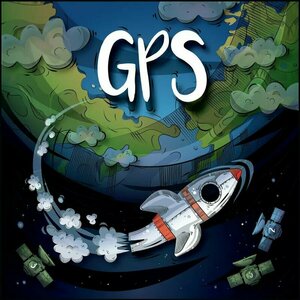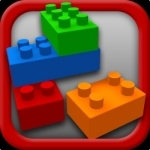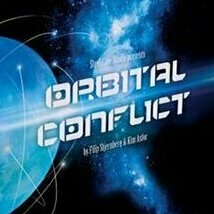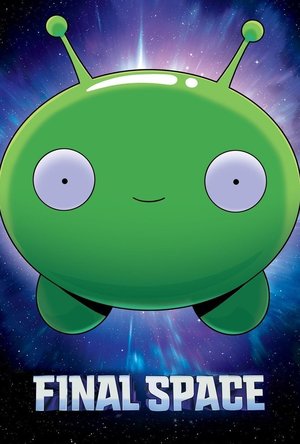
Cosmic Voyage (Космический рейс) (1936)
Movie Watch
Soviet silent science fiction movie. In the year 1946, Professor Sedych ignores the edicts of his...
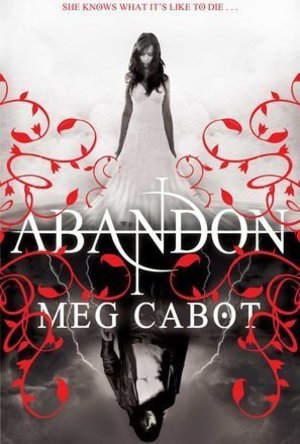
Abandon (Abandon, #1)
Book
Last year, Pierce died - just for a moment. And when she was in the space between life and death,...
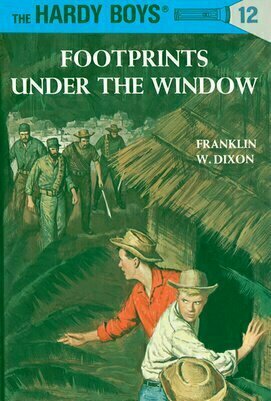
Footprints Under the Window
Book
A plot to steal a top-secret instrument vital to the United States space program poses a challenging...
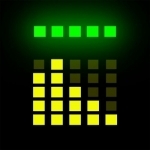
System Activity Monitor - Battery, Free Memory
Productivity and Utilities
App
Take a deep dive into your iPhone/iPad to see whats going on inside. System Activity Monitor App, is...
Purple Phoenix Games (2266 KP) rated GPS in Tabletop Games
Mar 23, 2021
GPS is a racing game in which players are launching satellites into orbit, and attempting to be the first to organize their satellite chain in numerical order. To setup the game, assemble the planet pieces and spinner, and give each player their 12 numbered satellites. Players shuffle their satellites face-down, and then flip 3 of them face-up. The game is now ready to begin!
Each turn, a player will spin the spinner. Once the spinner has stopped, every player will place one of their 3 face-up satellites in the pointed space. Players then each reveal a new face-down satellite, and turns continue in this fashion. After 12 turns, all players will have all of their satellites in play around the board. Now, instead of placing a new satellite when the spinner stops, players will move an already placed satellite to the pointed space. If the spinner ever stops on a space where you already have a satellite, you just move one of your satellites to the nearest space in either direction that doesn’t already have one of your satellites. The goal of the game is to arrange your satellites in ascending numerical order, starting from the start line on the board. At the start of a turn, if a player has completed that goal, then they win!
Seems simple enough, right? That’s the point! GPS is supposed to be a game that is easy to teach and fast to play. There is a small amount of strategy involved in decided which satellites to place where, to help set yourself up to be the fastest to organize them numerically. More often than not, though, the ‘right’ move is the obvious one to take, so don’t be expecting a brain burner with this one. All in all, simple gameplay and mechanics that are easy for pretty much any age to grasp.
The biggest issues I have with GPS actually are the components. Don’t get me wrong – the quality of the components is great! It’s just how they affect the gameplay that is disappointing. For starters, the satellites for each player are nice and sturdy cardboard. But the size of the spaces around the game board are a little smaller than the satellites, making it difficult to fit them properly and clearly in a specific space. The next issue is with the spinner/game board itself. The spinner has a small rubber bottom to help avoid unwanted movement, but unfortunately it does little to stop that problem. Almost every time the spinner is spun, the game board moves on the table. The movement of the board knocks any satellites that are in play out of alignment. With the oversized satellites and the small board spaces, it’s sometimes hard to tell in which space a satellite was originally placed. These issues just take a fast, light-hearted game and turn it into a frustrating filler for me.
Overall, I would say that GPS is a good game in theory, but it was just not necessarily executed well. Perhaps if the components were more conducive to the gameplay, I would have different thoughts, but those problems just leave a sour taste that makes me want to skip over it when looking for a filler. This is a game I might pull out for younger gamers, but not one that I see getting a lot of table time with my regular group. Purple Phoenix Games gives this one a sputtering 6 / 12.

Animoog for iPhone
Music and Entertainment
App
** HARDWARE REQUIREMENTS ** Must have iPhone 4S, iPod Touch 5th gen. or later to run Animoog for...
Purple Phoenix Games (2266 KP) rated Orbital Conflict in Tabletop Games
Sep 10, 2019
Orbital Conflict is a player versus player (PvP) card game in which the winner is the player showing the most VPs on their cards at game end. It is a game where placement of cards and orientation of cards is paramount in creating a space station that can dole out damage, take a ton of damage, or hybridizes offense and defense using resources granted from off-station investors.
DISCLAIMER: We were provided a copy of this game for the purposes of this review. These are final components, and the game is available from the publisher and other online retail stores. Also, I do not intend to explicitly cover every rule for the game, but to give an idea of game flow and play. -T
To setup the game (in this case a 1v1 head-to-head bout) shuffle all the cards with the white back together and deal each player a hand of five. Shuffle the smaller investor cards to form a draw pile. Give the starting player the Initiative card and you are ready to start!
The game follows a simple game flow following three phases per round: Draw, Main, Combat. During the Draw phase, the player with the Initiative card (I’ll call them the active player) will draw two cards from the white-backed deck (which I will just call cards). Then the other player will draw two cards as well. The active player then draws two investor cards for themselves and places them in front of their play area as possible investors to claim. The other player does the same. If there are any cards containing discard abilities that a player would like to play during the Draw phase, and the discard text reads they may do so during the Draw phase or any phase, they may play them and follow the discard instructions now.
Once done, the game moves on to the Main phase. During this phase the active player will play any cards they wish that are appropriate for this phase, and then the other player will do the same. During this phase players will be playing cards from hand (and as many as they would like) to add on to their space station, activate modules that were previously deactivated, claim investor cards, and prepare for the next game phase. Space stations can be added to via modules. Modules can be single cards, or multiple splayed cards. As you can see in the photo above cards have icons to the left of the white barrier and some will also have icons to the right. Depending on how a card is added to a module certain icons may be covered and therefore inactive. When adding a card to a module (called an extension) the player decides if they want to add the card to the right of the splay, thus covering up icons to the right of the barrier of the covered card, or under the stack to the left of the splay. Additionally, players may flip any card over to have the back showing, which will provide icons usable in a station module. There are restrictions for playing cards, but I will let you discover those on your own.
The game follows a simple game flow following three phases per round: Draw, Main, Combat. During the Draw phase, the player with the Initiative card (I’ll call them the active player) will draw two cards from the white-backed deck (which I will just call cards). Then the other player will draw two cards as well. The active player then draws two investor cards for themselves and places them in front of their play area as possible investors to claim. The other player does the same. If there are any cards containing discard abilities that a player would like to play during the Draw phase, and the discard text reads they may do so during the Draw phase or any phase, they may play them and follow the discard instructions now.
Once done, the game moves on to the Main phase. During this phase the active player will play any cards they wish that are appropriate for this phase, and then the other player will do the same. During this phase players will be playing cards from hand (and as many as they would like) to add on to their space station, activate modules that were previously deactivated, claim investor cards, and prepare for the next game phase. Space stations can be added to via modules. Modules can be single cards, or multiple splayed cards. As you can see in the photo above cards have icons to the left of the white barrier and some will also have icons to the right. Depending on how a card is added to a module certain icons may be covered and therefore inactive. When adding a card to a module (called an extension) the player decides if they want to add the card to the right of the splay, thus covering up icons to the right of the barrier of the covered card, or under the stack to the left of the splay. Additionally, players may flip any card over to have the back showing, which will provide icons usable in a station module. There are restrictions for playing cards, but I will let you discover those on your own.
